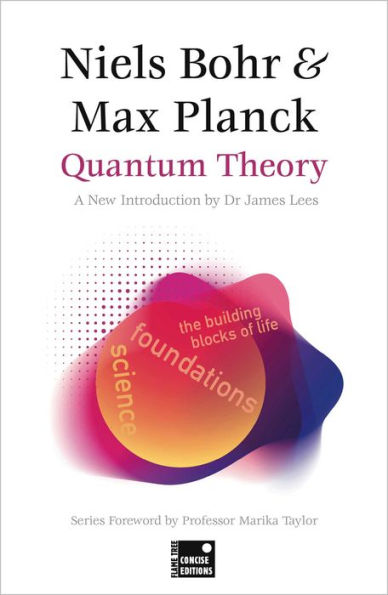Bohr and Planck helped shaped the cultural landscape of the world today. Now their work is available here in a digestible, pocket format for the modern reader.
A concise, uncluttered edition for the modern reader, with a new introduction. Quantum Theory contains two foundational works of quantum research from the early years of the 20th Century, representing breakthroughs in science that radically altered the landscape of modern knowledge: Quantum Theory of Line-Spectra by Niels Bohr and The Origin and Development of the Quantum Theory by Max Planck.
The FLAME TREE Foundations series features core publications which together have shaped the cultural landscape of the modern world, with cutting-edge research distilled into pocket guides designed to be both accessible and informative.



